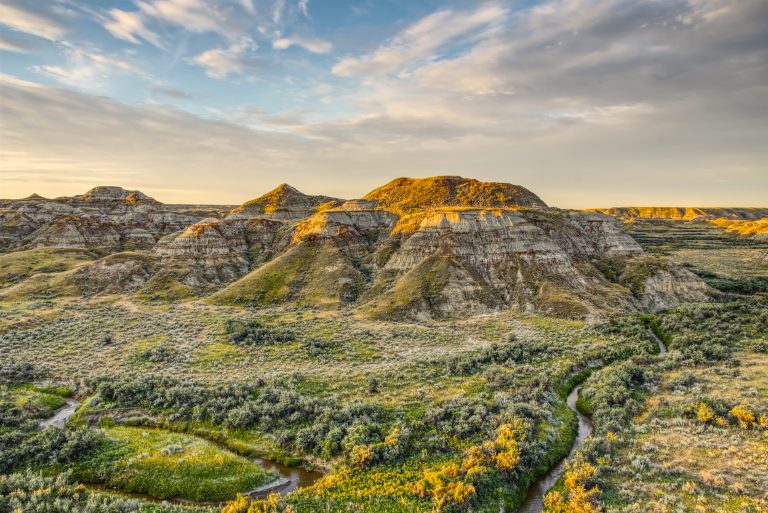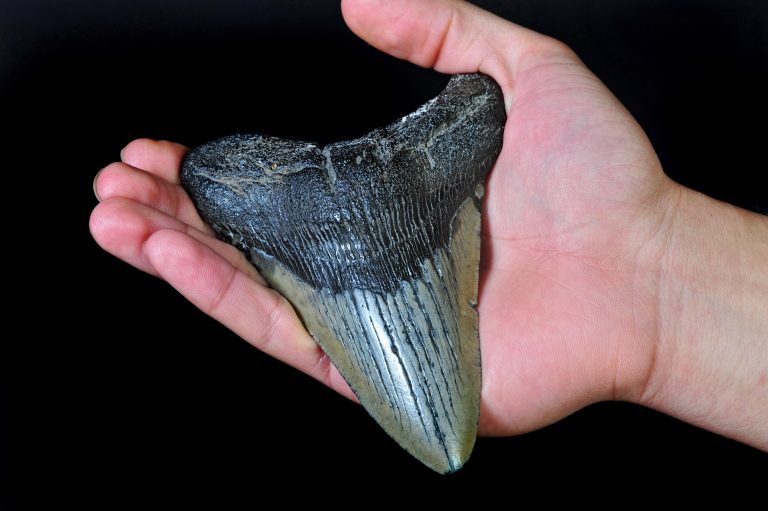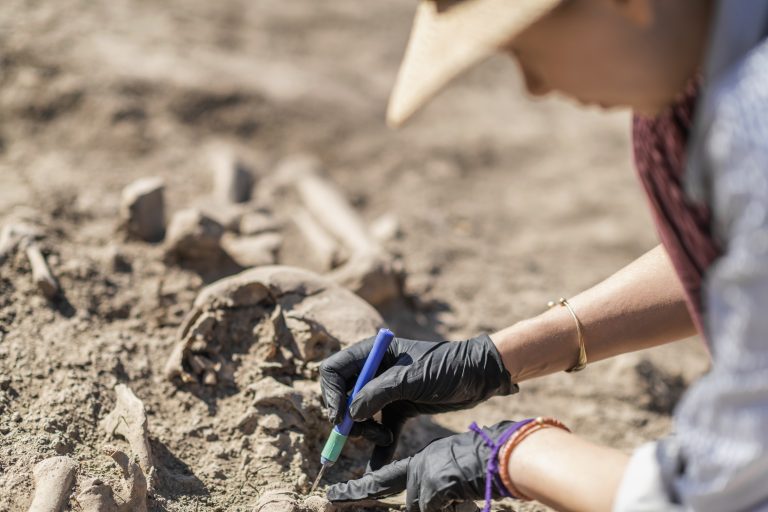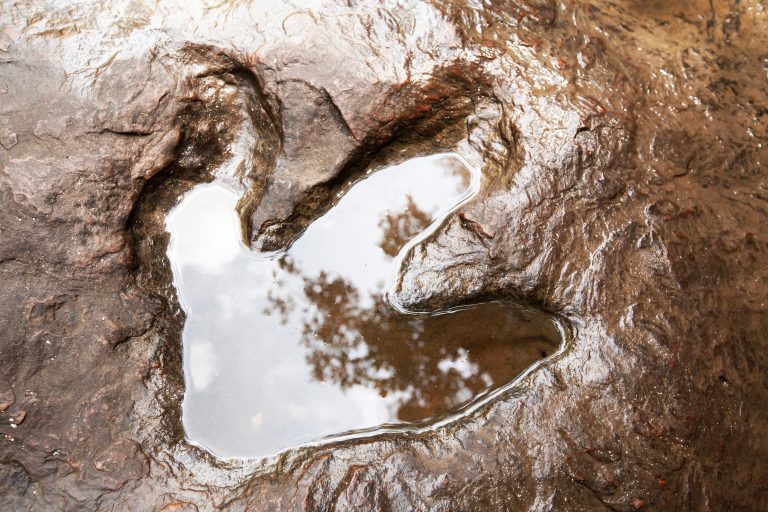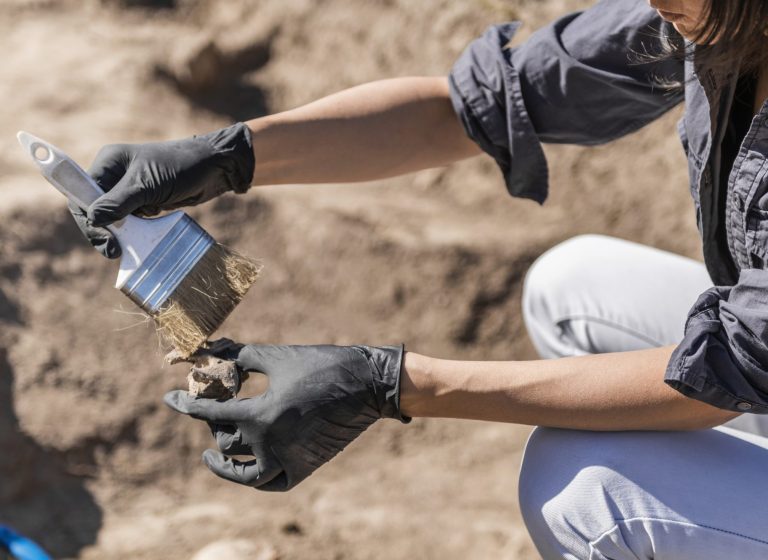9 Fascinating Fields of Paleontology Explored
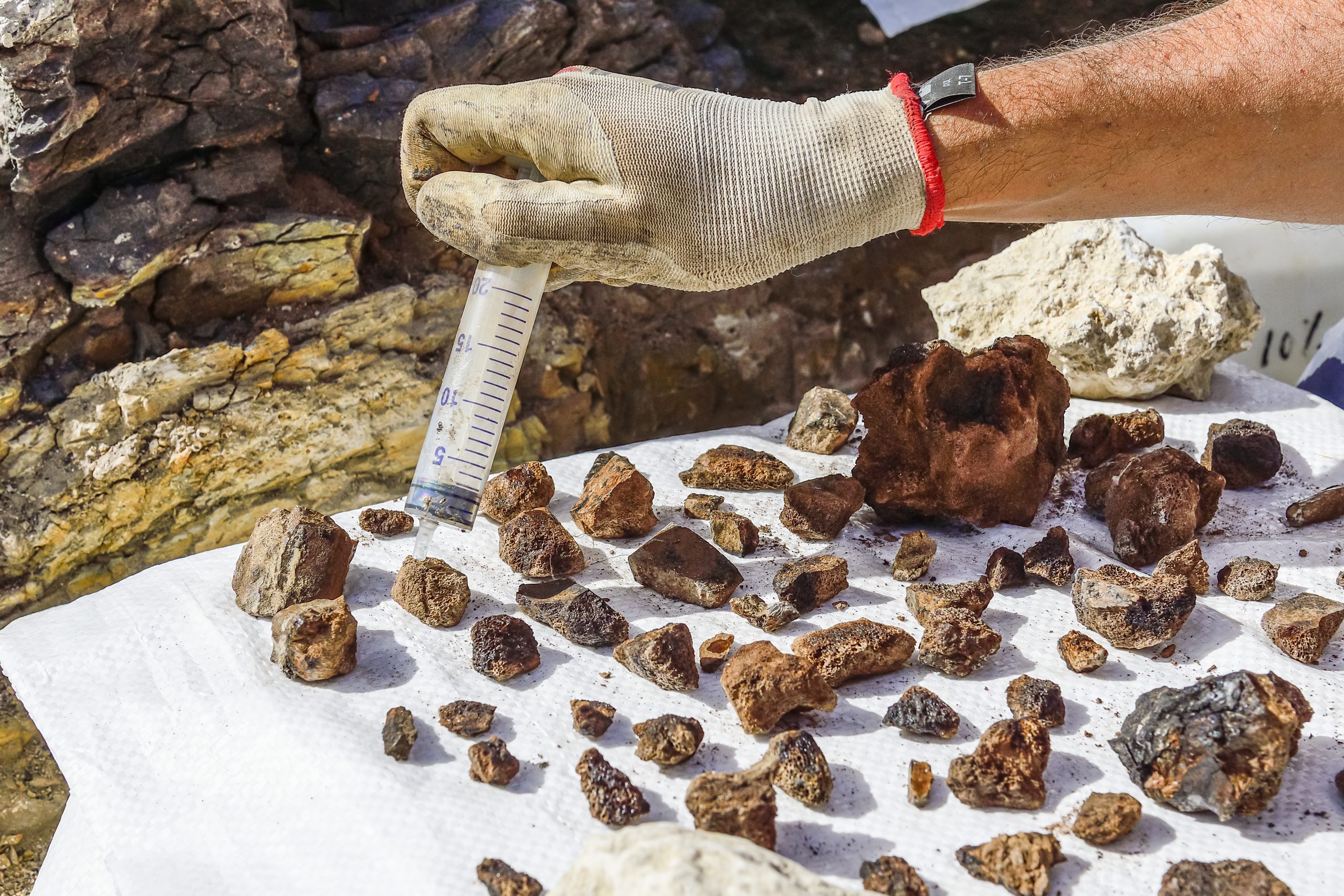
Welcome to a journey through time where the earth’s history is etched in stone and bone. From the colossal dinosaurs to the tiniest prehistoric plants, let’s uncover the stories that fossils tell in the most fascinating fields of paleontology.
Paleontology is akin to detective work, with fossils as clues and Earth’s geological tapestry as the crime scene. It’s about reconstructing life’s epic saga, where each fossil reveals a piece of an ancient ecosystem.
Brushing off sediment unveils millions of years, offering glimpses into the past. Patience and precision are crucial, but the rewards, like discovering a new species, are monumental.
1. Dinosaur Paleontology: Giant Discoveries
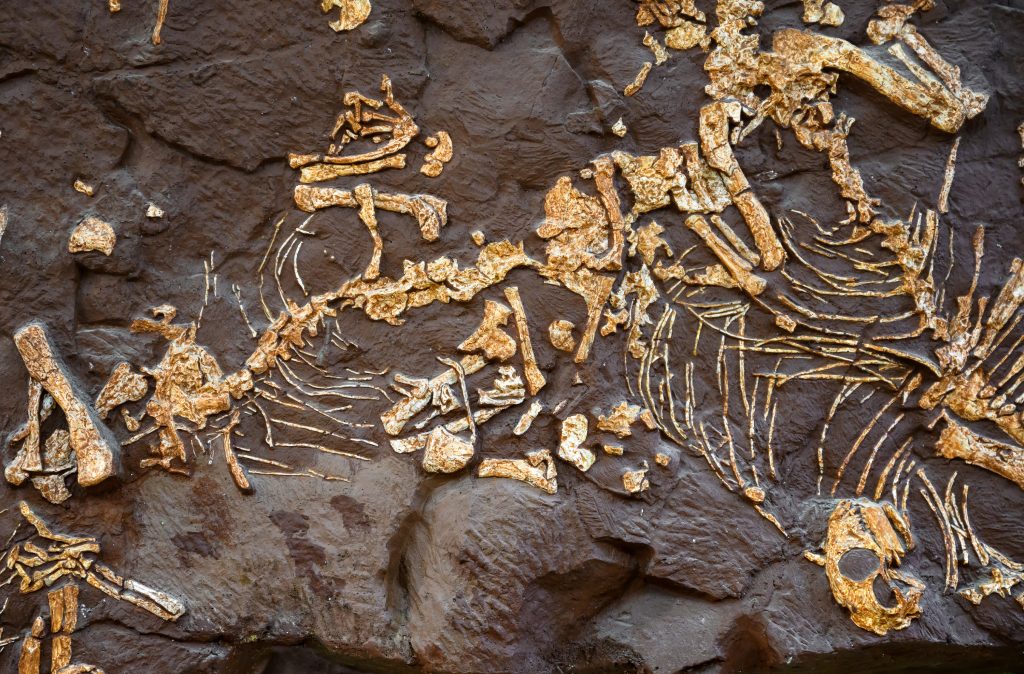
When you think paleontology, you think dinosaurs – those magnificent beasts that ruled the land for over 160 million years. Dinosaur paleontology is the rock star of the fossil world and for good reason. Imagine the thrill of unearthing a Tyrannosaurus rex tooth or the delicate imprint of a feathered velociraptor.
Hey hey! Don’t forget to subscribe to get our best content 🙂
It’s as close as we can get to a time machine, transporting us back to the Mesozoic Era. And let’s be honest, there’s something inherently cool about creatures that could crush cars underfoot (not that they ever had the chance).
2. Marine Fossils: Exploring Ancient Oceans
Dive into marine paleontology and you’re exploring an ancient world more alien than any science fiction. The oceans were teeming with life long before dinosaurs stomped the earth. Ammonites, trilobites, and gigantic sea reptiles like ichthyosaurs and plesiosaurs dominated these watery realms.
Discovering a perfectly preserved shell or a fearsome predator’s skeleton is like finding buried treasure—except the ‘X’ marks a spot that’s millions of years old. It’s a reminder of the vast, untamed oceans that once covered our planet.
3. Paleobotany: The World of Fossil Plants
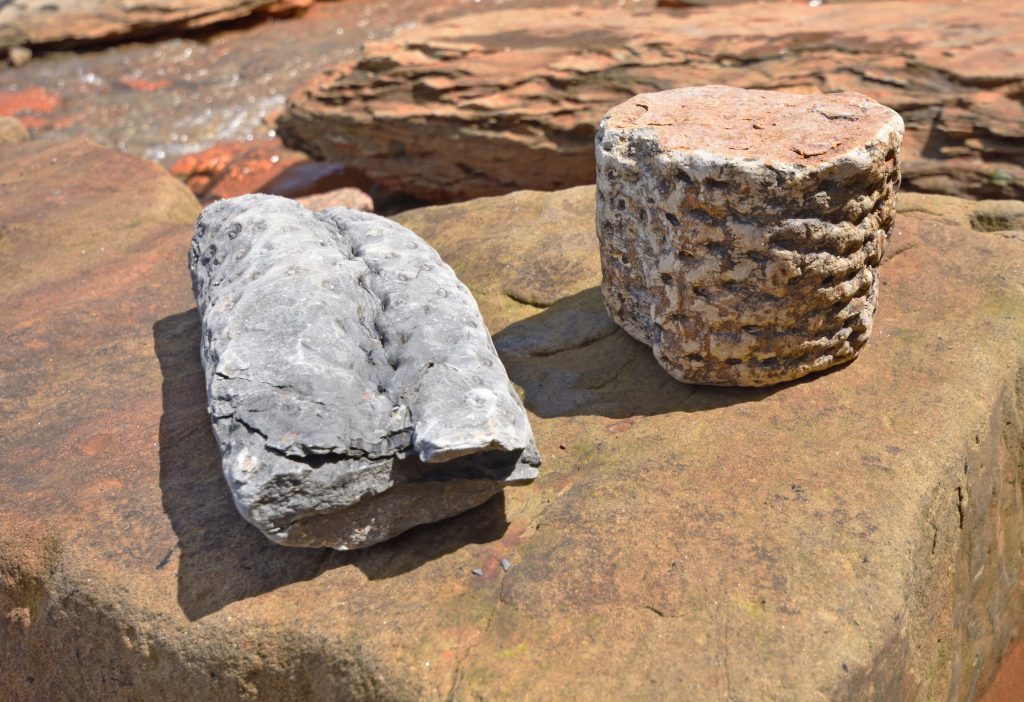
Paleobotany may not have the same glamor as dinosaur hunting, but plants are the unsung heroes of the fossil record. These ancient green (well, now stone-gray) thumbs tell us heaps about past climates and environments.
From the gigantic ferns of the Carboniferous to the first flowering plants of the Cretaceous, fossilized flora is the backdrop against which the drama of evolution played out. Plus, there’s something poetic about finding beauty in a leaf that hasn’t seen the sun in over a hundred million years.
4. Ice Age Mammals: Beyond the Dinosaurs
Post-dinosaur, but just as intriguing, Ice Age mammals offer a glimpse into a world both familiar and strange. Mammoths, saber-toothed cats, and giant ground sloths – oh my! These creatures roamed lands we now call home, which adds a personal touch to their discovery.
While we might not see herds of woolly mammoths through our windows, their fossils are reminders of the ever-changing nature of life on Earth. And who doesn’t get a little giddy at the thought of a sloth the size of an elephant?
5. Human Evolution: Tracing Our Ancestors
Human evolution is the ultimate family history project, going back not just generations, but millions of years. Each fossil finds, from the famous Lucy to the mysterious Homo naledi, adds a new branch to our family tree.
It’s a humbling and exhilarating field, one that confronts us with our place in the natural world. The more we learn, the more we realize how unique and yet how connected we are to all life on Earth.
6. Micropaleontology: The Tiny Time Capsules
Don’t let their size fool you; microfossils are big players in paleontology. These minuscule marvels, like foraminifera and diatoms, can tell us about ancient climates and are used in oil exploration (talk about an impressive resume for something you need a microscope to see).
They’re the unsung heroes of the fossil world, providing a wealth of information about Earth’s history packed into a package smaller than a grain of sand.
7. Paleoecology: Ecosystems Through Time
Paleoecology is where we zoom out to see the forest for the trees—literally. By studying how ancient organisms interacted with each other and their environment, we can understand past ecosystems.
This field allows us to witness the rise and fall of biodiversity through the ages, and it’s key to predicting how current ecosystems might change. It’s like being a time-traveling ecologist, minus the pesky paradoxes.
8. Taphonomy: The Study of Decay & Preservation
Taphonomy might sound a bit grim—it’s the study of how organisms decay and become fossilized, after all. But it’s fascinating to uncover the story of how a once-living creature turned into stone.
Understanding the process of fossilization helps us decipher the conditions of ancient environments. It’s the closest thing we have to a CSI: Paleolithic Era (though the ‘crime scenes’ are a few million years old).
9. Paleontology Tech: Modern Tools & Techniques
Paleontology isn’t stuck in the Stone Age; it’s a field on the cutting edge of technology. From CT scans that peer inside fossils without damaging them to laser scanning and 3D printing that bring fossils to life, the tools we use are as impressive as the discoveries they help us make. It’s a blend of past and future—using the latest tech to unravel ancient mysteries.
So there you have it, the dynamic and ever-evolving world of paleontology—a field that’s as rich and varied as the layers of the Earth itself. Whether you’re marveling at a dinosaur femur or sifting through ancient sands for microfossils, there’s always something new to discover. Now, go out and explore the prehistoric wonders our planet has to offer!

